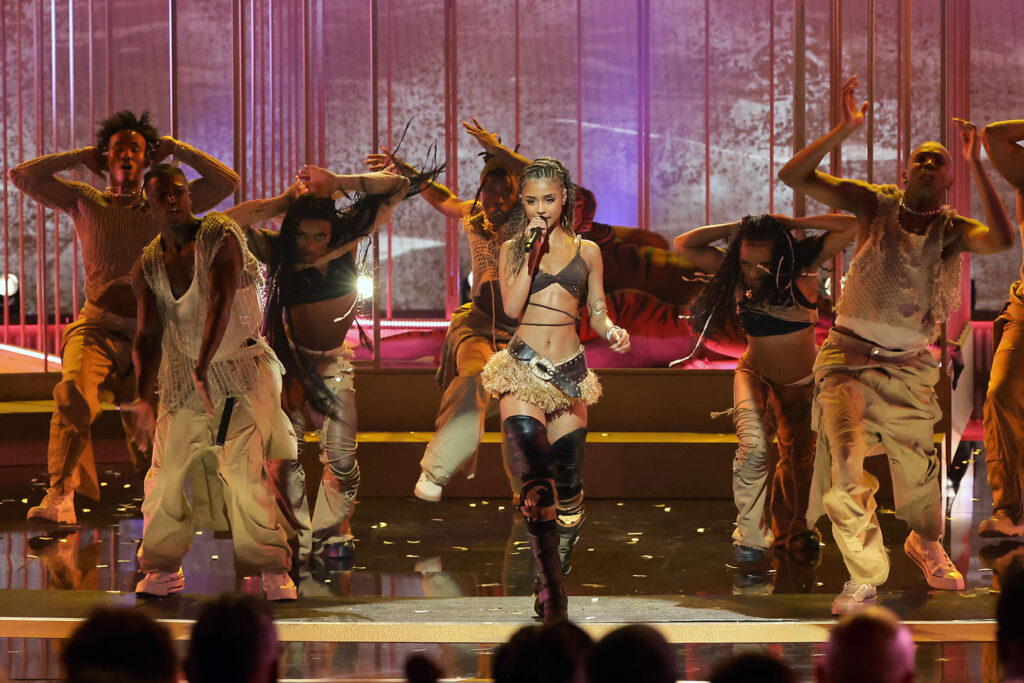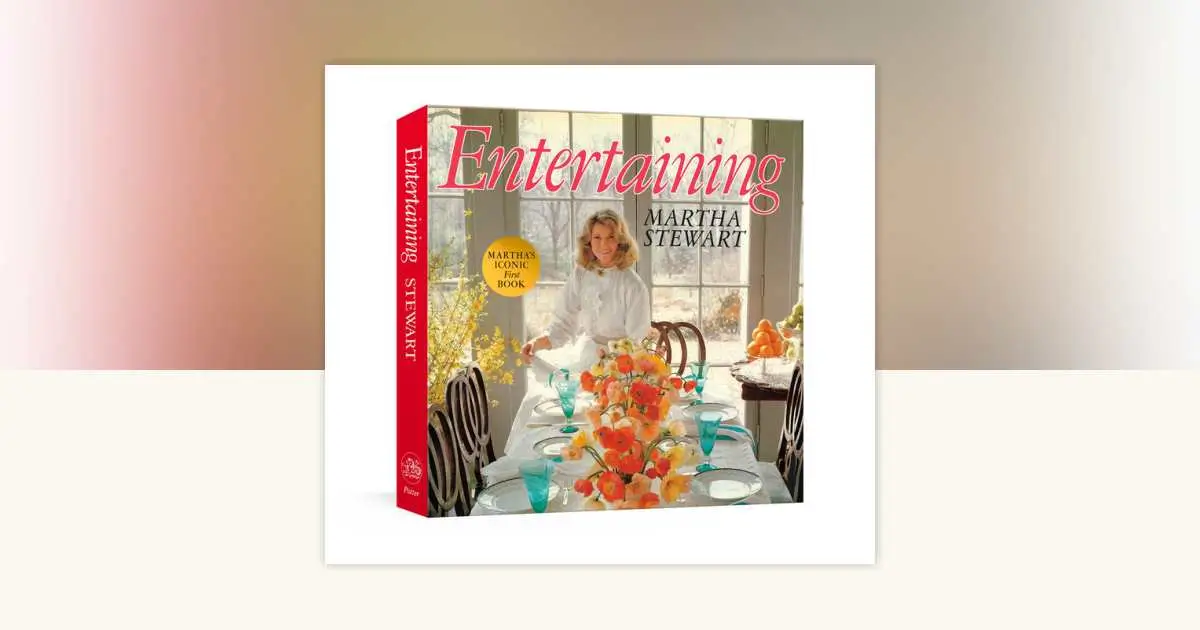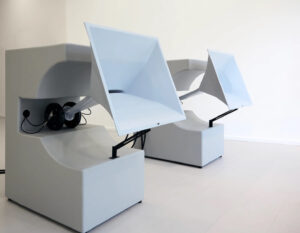South African singer-songwriter Tyla has been making waves in the music industry with her distinctive blend of pop, R&B, and Afrobeat influences. Her musical prowess is often matched by a captivating stage presence that draws audiences in and leaves a lasting impression. One standout performance in her repertoire is her live rendition of “Art,” a song that encapsulates her ability to fuse powerful vocal delivery with visually stunning and deeply conceptual stage designs. Each performance of “Art” feels less like a typical concert set and more like a carefully curated theatrical experience, where music, movement, and visuals come together to tell a story.
“Art,” as a song, is more than just a musical piece for Tyla—it’s an emotional exploration that delves into themes of identity, creativity, and self-expression. The track’s lyrical depth and sonic complexity lend themselves to a performance style that transcends traditional music staging. In her live shows, Tyla approaches “Art” with an avant-garde sensibility, emphasizing not only the auditory experience but also the visual and emotional impact of each performance.
From the outset, Tyla’s performances of “Art” are marked by her keen attention to detail and her commitment to creating an immersive experience. Whether it’s on a grand stage at an international music festival or a more intimate setting, Tyla uses each performance as an opportunity to transport her audience into a world where the boundaries between music, dance, and visual storytelling blur. Her use of dynamic stage design, intricate choreography, and evocative lighting creates a multi-dimensional narrative that complements the song’s introspective lyrics.
One of the defining features of Tyla’s performances of “Art” is her use of stage design to mirror the themes and emotions of the song. Each performance begins with a set that feels meticulously designed to evoke the aesthetic of a modern art installation. The stage is often dominated by abstract backdrops and structures that play with geometric shapes, clean lines, and vibrant colors. This visual motif is not only striking but also serves as a symbolic representation of the interplay between chaos and order, reflecting the tension between inner turmoil and creative expression that the song explores.
For example, in one notable performance, the stage was set against a backdrop of oversized, three-dimensional shapes in varying hues of blue and purple. As the song progressed, these shapes shifted and rotated, creating a sense of movement and fluidity that echoed the song’s shifting emotional tone. The use of kinetic stage elements added a layer of depth to the performance, transforming the stage into a living, breathing canvas that reacted to Tyla’s vocals and movements.
In another performance, Tyla used a more minimalist approach, with the stage bathed in soft, ethereal lighting that shifted in intensity and color throughout the song. The lighting changes were synchronized with the music, highlighting specific lyrics and musical crescendos. This minimalist approach allowed the focus to remain on Tyla’s expressive delivery and physical movements, emphasizing the raw emotion behind the song.
Choreography plays a crucial role in Tyla’s live performances of “Art,” serving as both a complement to the music and a means of conveying the song’s deeper meaning. Her movements are deliberate and controlled, oscillating between moments of rigidity and fluidity to symbolize the contrast between external poise and internal struggle. Tyla’s choreography is characterized by its blend of contemporary dance elements with traditional African dance movements, creating a unique style that feels both grounded and avant-garde.
During the performance, Tyla’s interactions with her backup dancers are carefully choreographed to reflect the themes of connection and disconnection that permeate “Art.” At times, she moves in perfect sync with her dancers, suggesting unity and harmony. At other moments, she breaks away, her solo movements becoming more erratic and expressive, suggesting a struggle for individuality and self-expression. This dynamic interplay between group and solo movement creates a visual metaphor for the push and pull between conforming to external expectations and embracing one’s true self.
In one particularly powerful rendition of “Art,” Tyla begins the performance surrounded by her dancers, their bodies intertwined in a tableau that evokes the image of a sculpture coming to life. As she sings the opening lines, the dancers gradually break apart, their movements becoming increasingly erratic and fragmented. Tyla’s own movements become more frenetic as the song builds to its climax, mirroring the growing intensity of the music and the emotional turmoil described in the lyrics. The performance ends with Tyla standing alone on stage, her movements slowing to a halt as the music fades, symbolizing a moment of clarity and self-acceptance.
The costuming for Tyla’s performances of “Art” is another critical component of her stagecraft. Her wardrobe choices are often designed to reflect the duality and complexity of the song’s themes. She frequently wears outfits that juxtapose hard and soft elements—such as structured bodices paired with flowing skirts or sharp, metallic accessories contrasted against delicate fabrics. These costumes not only enhance the visual appeal of the performance but also serve as a symbolic representation of the internal conflicts explored in the song.
In some performances, Tyla’s costumes incorporate bold patterns and colors inspired by traditional African textiles, paying homage to her cultural heritage while also reinforcing the song’s exploration of identity and self-expression. In others, she opts for monochromatic ensembles that allow her movements and facial expressions to take center stage, emphasizing the emotional rawness of the performance.
One of the most striking aspects of Tyla’s live performances is her ability to engage with her audience on a deep, emotional level. Her delivery of “Art” is marked by a vulnerability and authenticity that resonate with listeners, drawing them into her world and inviting them to experience the emotions she is expressing. Whether through direct eye contact, subtle gestures, or moments of stillness, Tyla creates a sense of intimacy that makes even large-scale performances feel personal and immediate.
Tyla’s command of the stage and her willingness to be emotionally exposed make each performance of “Art” feel unique and impactful. Audiences are not merely passive observers; they become active participants in the emotional journey that Tyla is sharing. This ability to connect with her audience is a testament to her talent as a performer and her deep understanding of the power of music and storytelling.
Tyla’s stage performances of “Art” are a masterclass in the fusion of music, movement, and visual art. Through her thoughtful stage design, dynamic choreography, and emotionally resonant delivery, Tyla transforms each live rendition of “Art” into a multi-sensory experience that captivates and inspires. Her performances are not merely about presenting a song; they are about creating a space where emotions can be felt and expressed, where art and music come together to tell a story that lingers long after the final note has faded. For fans and newcomers alike, Tyla’s live renditions of “Art” are an unforgettable experience that showcase her talent, creativity, and unwavering dedication to her craft.
No comments yet.








